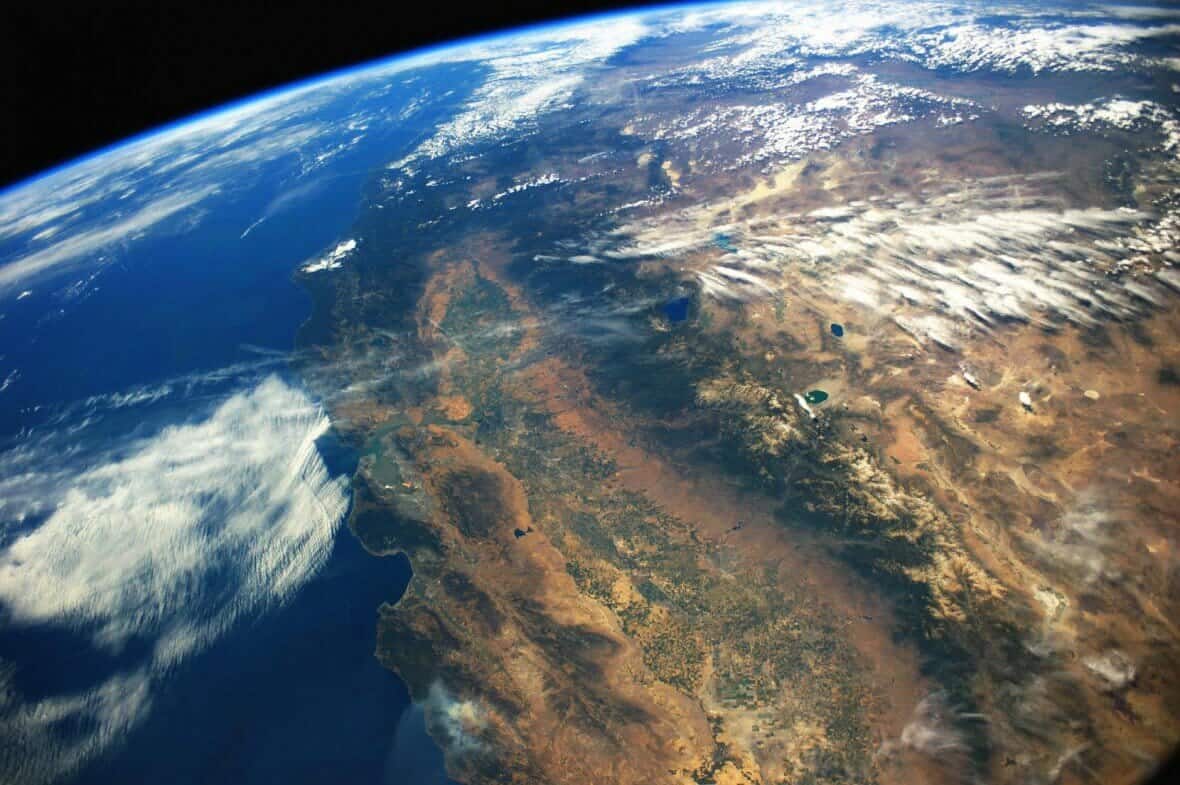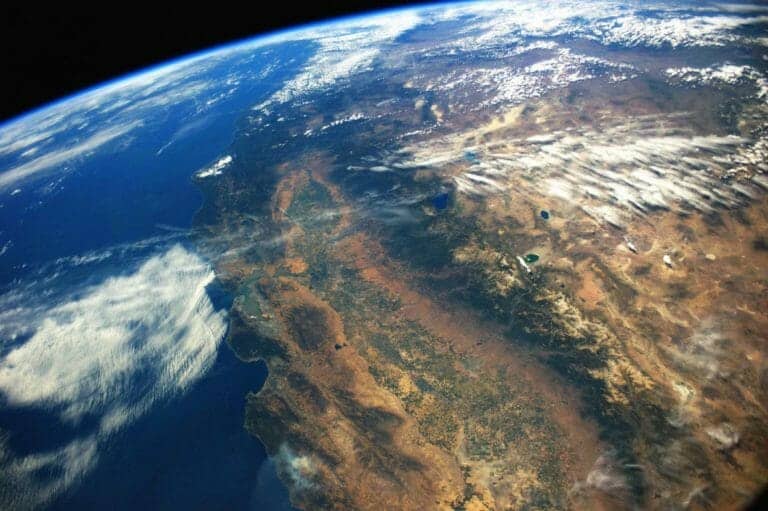After an unusually dry winter, a late-season storm finally soaked California in early March, piling up several feet of snow across the high granite reservoirs of the Sierra Nevada mountains. On the Sunday morning after the weather cleared, a pair of NASA researchers loaded onto a small plane at the Mammoth Yosemite Airport, a single-runway operation that stretches out before the pyramid peak of Mount Morrison.
After final safety checks, the pilots lifted off, marking the Airborne Snow Observatory’s inaugural flight of the season. The ASO is a twin-turboprop Beechcraft King Air 90, equipped with a pair of sensors pointing through a glass cutout on the bottom of the plane.
The lidar measures the volume of the mountain snowpack while a spectrometer gauges its reflectivity, together providing a highly accurate estimate of how much water will run off the mountain in the spring and when it will flow through California’s warren of dams, reservoirs, and aqueducts. The data allows water authorities to more carefully manage the water charging hydroelectric power plants, feeding towns and cities, and nourishing one of the United States’ most productive agricultural regions.
Doing that job well has become increasingly critical as the state alternately struggles […]
Full article: NASA’s building new tools to manage water as climate dangers grow
Water Science from NASA and More World-Respected Scientists:
Water shortages key environmental challenge of century, NASA warns
Water, water, not everywhere: Former NASA hydrologist says water security issues worsening
World Water Week: Water, ecosystems and human development | IUCN
Is the “Alt” Right? @NASA vs. @RogueNASA



